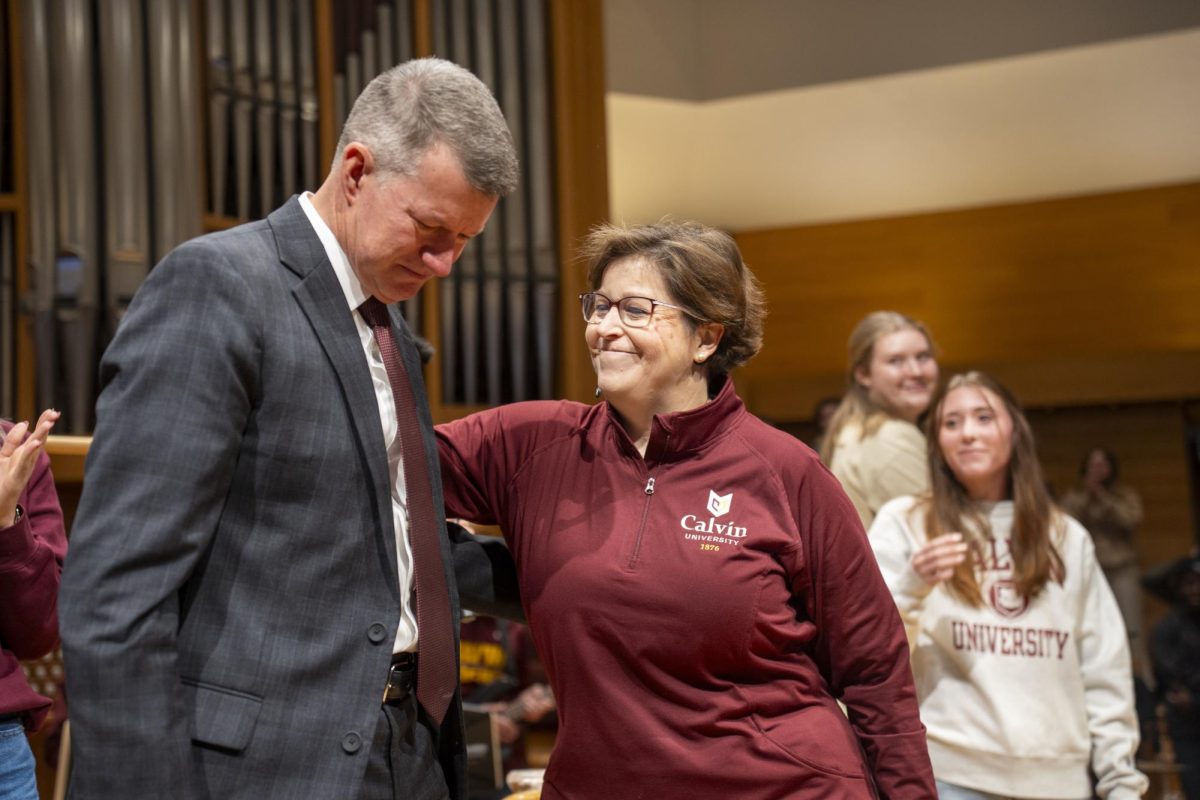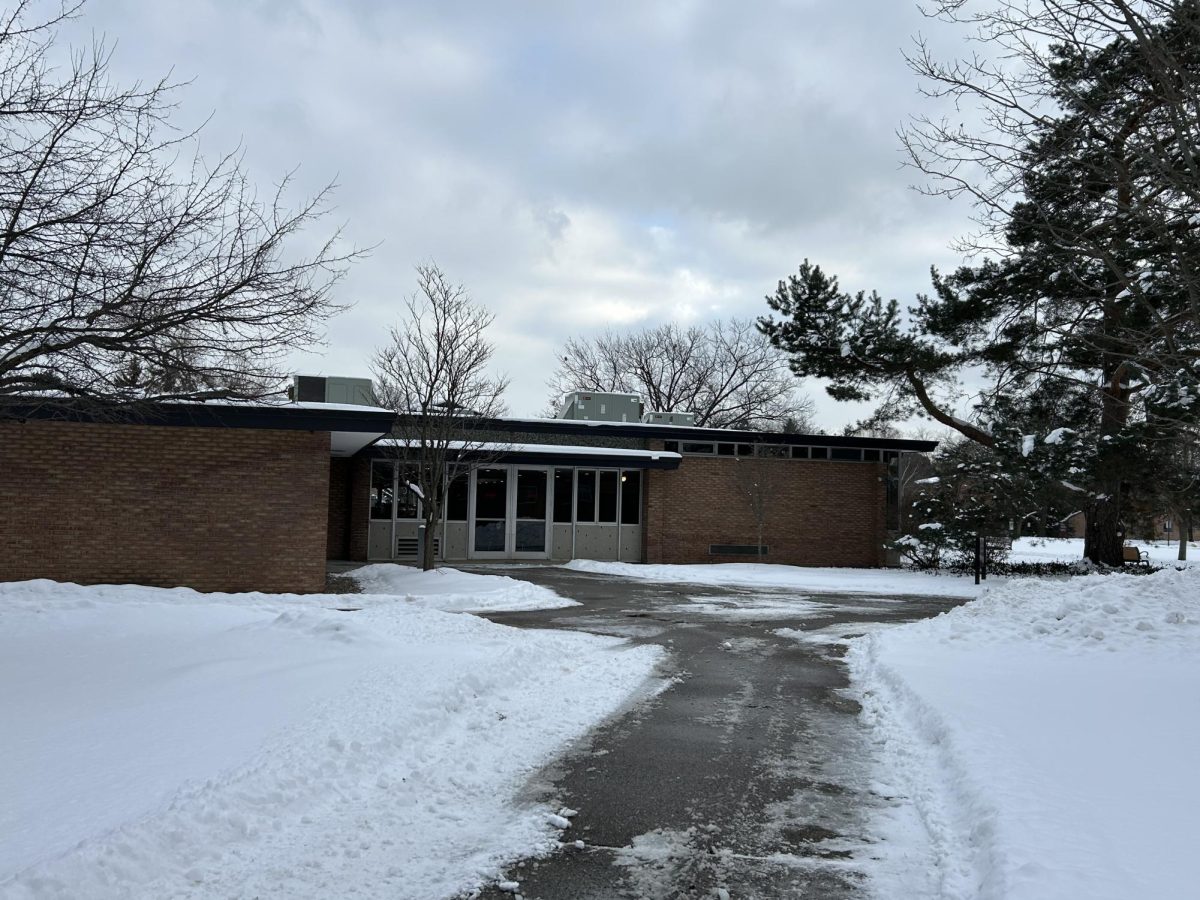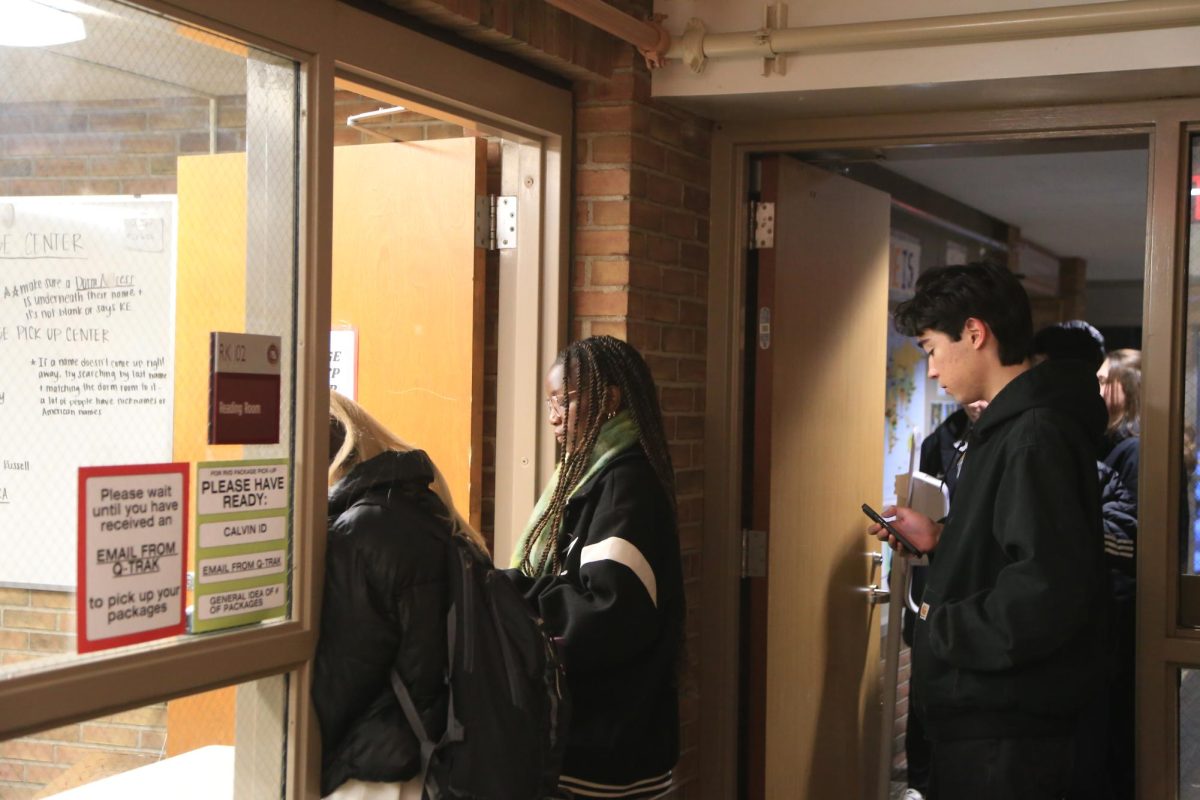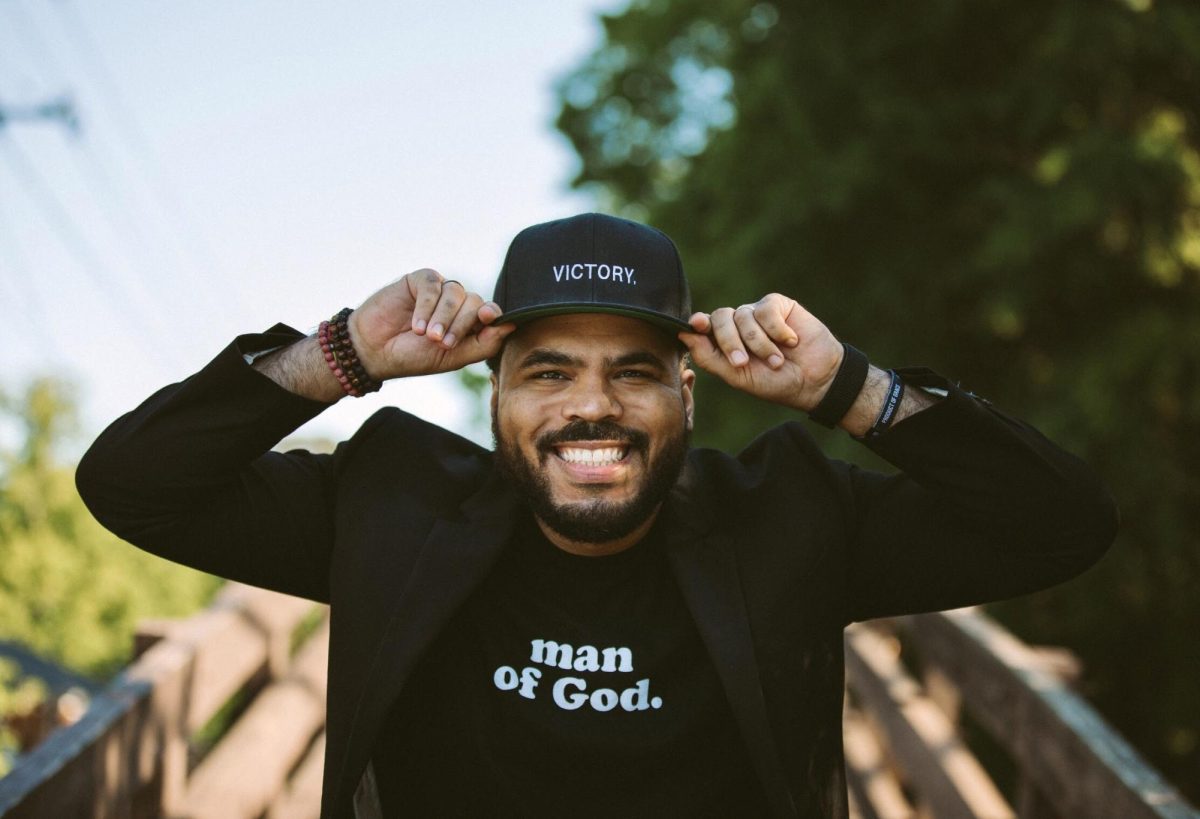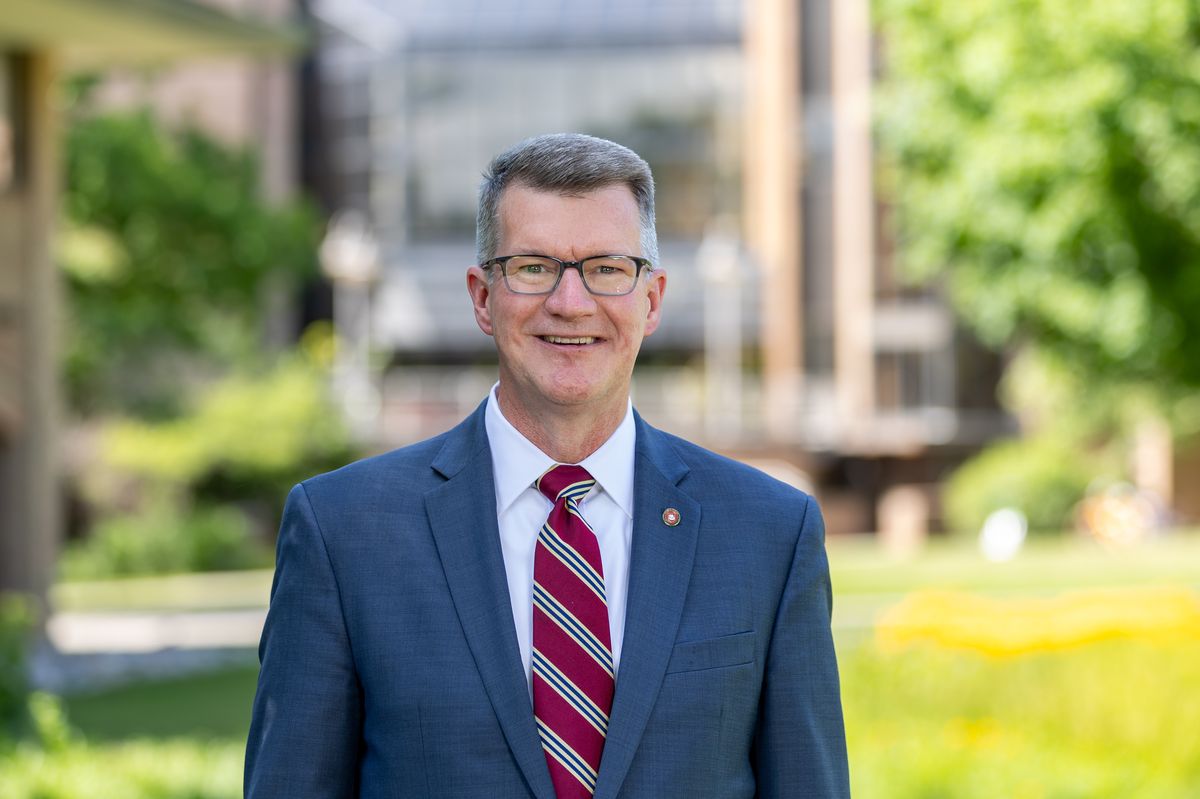Students at Calvin College ranked No. 55 on a list of the smartest students in the country, according to a study by Lumosity, a popular website for cognitive improvement games and activities.
The study’s unique approach does not use standardized test scores, but instead bases its rankings on the scores of students who play the website’s games.
The results of this study come after Calvin released its record-breaking admissions numbers on the class of 2016. The incoming students boasted the highest-ever average GPA (3.67) and ACT score (26.6).
Calvin ranked above other Michigan schools like the University of Michigan (No. 59), Grand Valley State University (No. 161) and Michigan State University (No. 162).
Rival Hope College ranked No. 103 in the study.
Lumosity divides its ranking into five subcategories: speed, attention, flexibility, memory and problem solving.
Calvin hit its highest mark in the memory category, placing No. 12.
But how much stock would math professor Michael Stob put in the study?
“Almost none,” he said, citing several concerns with the report’s methodology.
“It’s kind of fun to be on this list, but the validity is in question,” said Claudia Beversluis, provost at Calvin.
Both Stob and Beversluis were concerned whether the group of students who played the website’s games represented the entire student body.
“It’s all volunteer, but we have absolutely no idea who volunteers and how they compare to typical students,” said Stob.
“You’re taking what I think to be a pretty small sample of pretty unusual students and trying to generalize,” he explained. “We just don’t know what the sample size is, and more importantly, whether the sample is the representative of our students.”
Beversluis agreed.
“To say that the game players are a good sampling of all Calvin students is just a sampling error,” she said. “If they had sent randomized invitations to students at every school, they might be able to make a claim about the student body as a whole.”
However, Daniel Sternberg, the study’s author, said that he is “not particularly concerned” about this issue, because sample size helps account for the possible sampling bias. Each school had to have at least 50 different students who participated in the website’s games to be included in the study.
“We can’t be 100 percent sure that the sample of students at one school is similar to the sample at another school,” he said. “You could end up with certain clusters of students at a particular school. But the idea is that if you get a large group of people, it all balances out.”
The study did account for age and gender, which Sternberg said is more important.
“One thing you always want to control for is age,” he said. “Processing speed peaks at 18 years old, so even over three years of college that can change significantly. Seniors from one school and freshmen from another school would be a problem.”
In addition to his concerns with sampling bias, Stob also said that the study’s failure to give a margin of error makes it hard to tell whether the rankings are reliable.
“I suspect the error swamps the difference [between rankings],” he said. “ There’s no information about how [each school’s score] is computed. They differ in the fourth significant digit. So the difference in even 20 or 30 ranks may not be really significant.”
However, Sternberg said that when he compared these rankings to those of other organizations, his results were comparable. 176 of the 200 schools on the U.S. News and World Report rankings were also on Lumosity’s list.
“The strong correlations between baseline performance on Lumosity games and scores on major national standardized tests … suggest to us that Lumosity game performance can be related to real-world outcomes,” he wrote in the report.
The Lumosity study looked at the email addresses and IP addresses of people who played its games to find out which students go to which schools. From there, they chose only people ages 17 to 25 in order to narrow the sample to the student body.
Despite Stob’s concerns about the close scores and the margins of error, the top schools on the list are not surprising.
Massachusetts Institute of Technology was the top-ranked school in the study. Harvard University, Stanford University, Northwestern University and Yale University rounded out the top five, respectively.
However, schools such as Princeton University and Brown University fell into the 30s.
Regardless of their specific rankings, other organizations, such as the U.S. News and World Report, recognize Calvin’s academic reputation.
“Our faculty will say that our student body has got a large range of very bright students,” said Beversluis. “Our incoming students have a high average ACT score and we have a high number of national merit students, higher than most comparable institutions.”
“I think [incoming students] do cite Calvin’s academic reputation,” she continued. “We say we are Christ-centered and academically excellent. A lot of places say that, but Calvin is known as a leader within Christian college circles.”
The high ranking in the study did not surprise some students with experience at other schools beside Calvin.
Junior Nate Bell transferred from Liberty University, which ranked No. 301 in the study.
“One of the reasons I transferred out of Liberty was that I wasn’t getting enough out of the academics,” he said. “I took five or six classes in my first semester at Liberty and I barely did any work.”
But he couldn’t keep coasting when he began classes at Calvin the next spring.
“When I got here, it was a huge change. My fall semester at Liberty was a breeze, but when I got to Calvin, I realized that you have to put work into homework.”
But not everyone saw a huge contrast between schools.
“In terms of the academic rigor between classes, I would have to say they’re essentially equal,” explained Colin Vis, a Hope College grad who took some classes at Calvin before going to graduate school. “The length of papers, how papers were graded, the tests, the daily reading level, it’s essentially the same.”
Although this was only the first year Lumosity has completed this study, Sternberg is already looking to the future.
“This is just a snapshot of students,” he said. “It’s not really telling you how they developing at the school.”
In the next few years, Sternberg hopes to be able to track how much students improve during their four years at a school and rank the schools according to student development.




